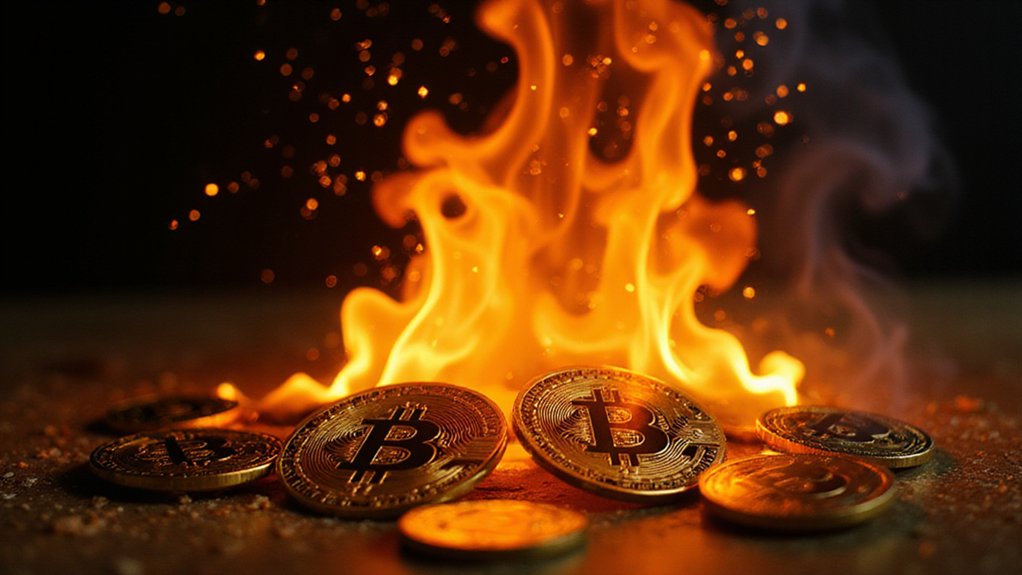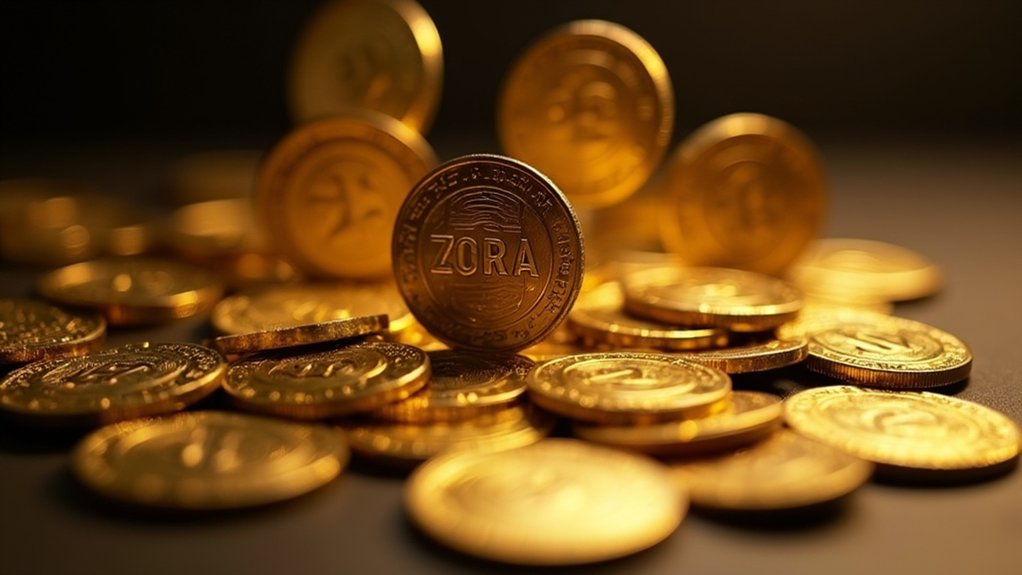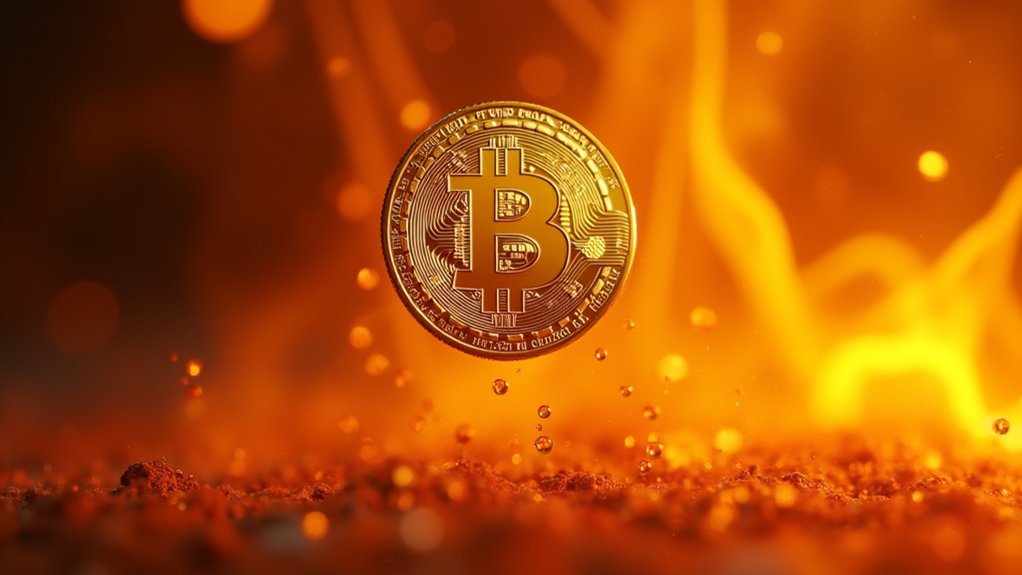While most crypto enthusiasts were still nursing their morning coffee on August 13, 2025, OKX delivered what can only be described as a masterclass in tokenomics theater—executing a burn of 65.26 million OKB tokens that sent the remaining supply into a scarcity-induced frenzy, with prices rocketing an eye-watering 170% to touch $143 before settling into a more digestible (though still stratospheric) range of $110-$115.
The burn wasn’t merely destructive spectacle; it represented the largest token elimination in OKB’s history, permanently capping total supply at a Bitcoin-esque 21 million tokens. This artificial scarcity creation, sourced from past buybacks and company reserves, transformed OKB from just another exchange token into something approaching digital gold—assuming gold could process 5,000 transactions per second.
OKX’s historic 65.26 million token burn transformed OKB into digital gold—albeit one that processes 5,000 transactions per second.
The timing proved particularly shrewd, coinciding with the completion of OKX’s “PP upgrade” that supercharged their X Layer blockchain with Polygon technology. Network throughput quintupled while gas fees evaporated to near-zero, creating infrastructure worthy of the newly scarce token. The technical improvements weren’t cosmetic; they positioned X Layer as a legitimate Ethereum competitor for DeFi applications and real-world asset tokenization.
Perhaps more intriguingly, the burn facilitated OKX’s ecosystem consolidation strategy. OKTChain faces execution by January 1, 2026, with existing OKT tokens converted to OKB based on July-August market averages. This tokenomics unification eliminates fragmentation while concentrating liquidity—a move that would make any corporate strategist proud.
The market’s response bordered on euphoric, with both retail and institutional investors scrambling to capitalize on the artificial scarcity. Pre-burn prices hovering around $47-$60 suddenly seemed quaint as OKB established new valuation territories. The subsequent price action revealed technical indicators showing overbought conditions with RSI levels spiking to extreme readings. Such extreme volatility mirrors characteristics observed across the broader crypto landscape, particularly in assets driven by scarcity narratives rather than fundamental utility.
Whether this represents sustainable appreciation or speculative exuberance remains the million-dollar question (or in OKB’s case, the $143 question).
Critics might argue that burning tokens to inflate prices constitutes market manipulation dressed in deflationary economics. Supporters counter that strategic supply management simply mirrors traditional corporate stock buybacks.
Regardless of philosophical alignment, OKX has undeniably demonstrated that in cryptocurrency markets, scarcity remains the ultimate aphrodisiac—even when artificially manufactured.






